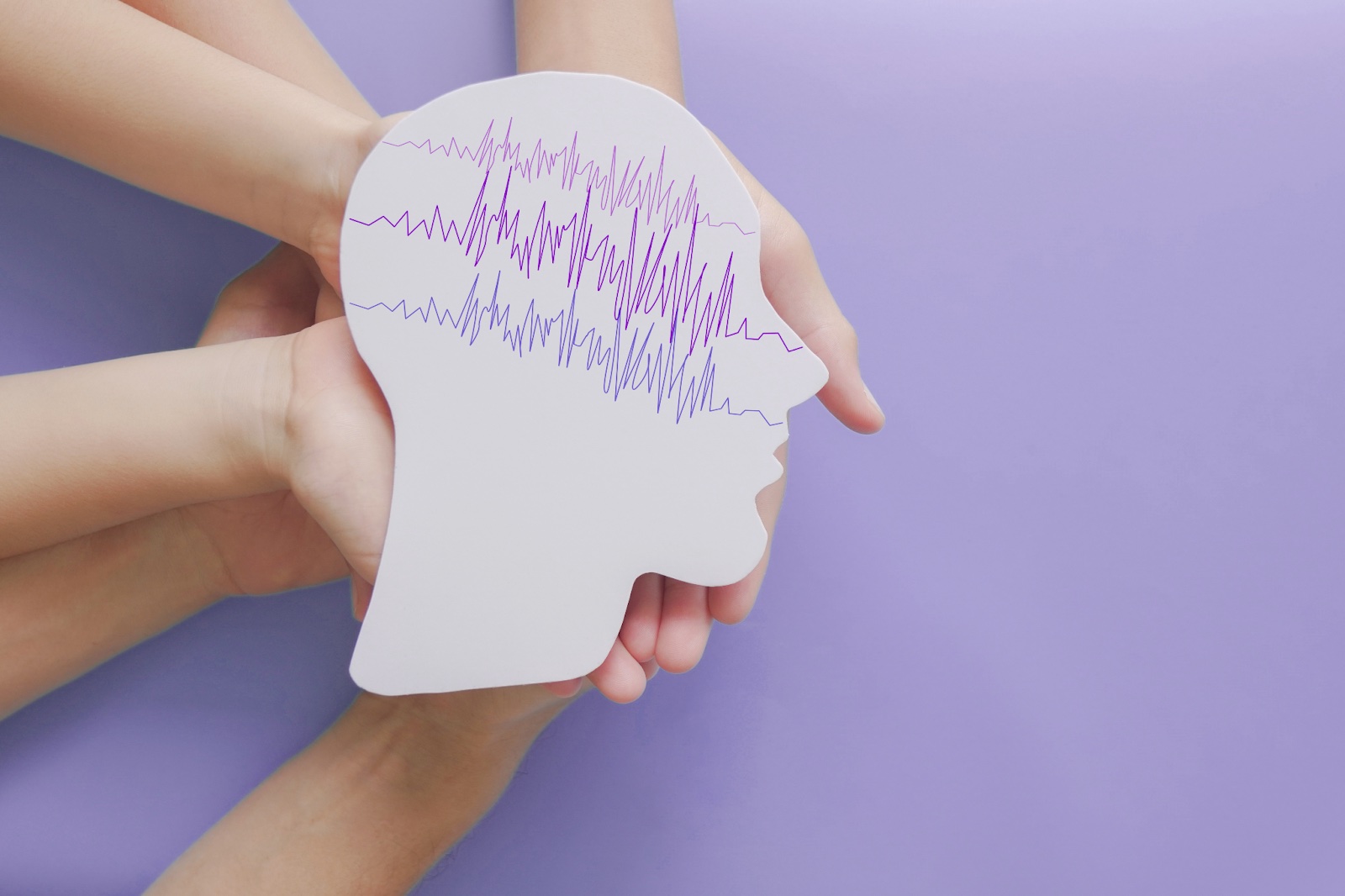Understanding How to Use RPM for Neurological Disorders
Since the end of the COVID-19 pandemic, the healthcare scene has become increasingly dominated by technology. One form of digital healthcare, remote patient monitoring (RPM), offers unique benefits to specialty providers, including neurologists. Let’s explore the unique benefits of using RPM for neurological disorders.

RPM for Neurological Care: How Does it Work?
The goal of RPM is to collect health data from one location (a patient’s home) and transmit it to healthcare providers. With the insights provided these data, clinicians can closely eye on crucial health metrics like blood sugar, blood oxygen levels, heart rate, and more.
In neurology, remote patient monitoring devices can help providers and patients improve the post-acute care experience. Patients who need ongoing treatment for neurological conditions can use technology–via devices, digital communication, and RPM platforms–to actively engage in the care process.
From helping patients avoid symptom flare-ups to increasing treatment adherence, there are numerous ways to leverage remote patient monitoring for managing neurological disorders.
The Impressive Benefits of RPM for Neurology
While tens of millions of people across the US experience some form of neuropathy, the supply of neurologists cannot always match the growing demand. This is particularly evident because specialists such as neurologists tend to be concentrated in specific areas, such as major cities.
Overall, it’s likely that the demand for neurological care services will exceed the capacity of trained professionals, resulting in less frequent, effective, and personalized care.
That’s where a remote patient monitoring system can help.
- Better Care Outcomes – Using RPM devices and data allows providers to spot warning signs early and facilitates timely interventions. It also helps providers and their staff increase clinical productivity, ultimately leading to a better experience for more patients.
- Patient Trust and Engagement – Providers who leverage RPM for neurological disorders give their patients a chance to play a hands-on role in their care. This can drive engagement rates through the roof and helps build a sense of collaboration between provider and patient.
- Coordinated Care – Digital tools enable the exchange of data between individual providers and practices. RPM data collected by one office can be shared with another.
- Reduced Costs – The ability to manage care remotely helps patients save time and money that would otherwise be spent visiting providers in person. RPM may also help providers provide more care services while simultaneously reducing overhead costs.
Examples of Remote Patient Monitoring Devices & Applications in Neurology
There are numerous ways to offer remote patient monitoring tailored appropriately to various causes of neurological disorders and their manifestations.
Let’s take a look at how RPM might be utilized for patients with some of the most common neurological conditions, including epilepsy, Parkinson’s disease, multiple sclerosis, and more.
RPM for Epilepsy
Research into how RPM can be used for epilepsy management suggests that using wearable devices and self-reporting symptoms can improve treatment accuracy and compliance.
Using devices like smartwatches, which monitor health vitals such as pulse, can help patients recognize common warning signs of a seizure earlier and communicate these changes to healthcare providers almost instantaneously.
Patients can also self-report symptoms, triggers, and experiences to better understand how to care for their needs.
RPM for Parkinson’s Disease
Patients with Parkinson’s disease are also excellent candidates for wearable trackers, especially activity trackers or continuous health monitors. These include devices that measure parameters such as blood pressure, heart rate, and blood glucose levels.
The combination of data from these devices and self-reported symptoms, such as chronic pain severity or frequency, provides providers with unique insights into treatment efficacy. The ability to measure blood pressure changes can be particularly crucial here.
RPM for Multiple Sclerosis
Because even a small increase in temperature can worsen symptoms of multiple sclerosis (MS), one tool that can make a huge difference is a smart thermometer. Similarly, a wearable device that tracks temperatures can help patients prevent future symptom flare-ups. Other ways MS patients might use RPM include meal planning or logging, exercise tracking, and monitoring vitals that indicate changes in immune response.
RPM for Migraines, Head Injuries, & More
From smart scales to sleep apnea monitors, there are numerous other opportunities to utilize remote patient monitoring for neurological care across a wide spectrum of conditions.
Leverage RPM for Neurological Disorders with CoachCare
It’s clear that the world of remote patient monitoring for neurological disorders is ripe with opportunity.
Though RPM may be a relatively new healthcare solution, it promises to help redefine the future of care. Say goodbye to the limitations of the physical office and hello to a new way to engage with your patients.
Trust a remote patient monitoring company like CoachCare to set up your practice with the right devices and platform for your needs. We’re here to assist you in managing everything you need to build an RPM program you can be proud of, from training your team to monitoring data and navigating billing.
Ready to learn more? Reach out to us today to get started.